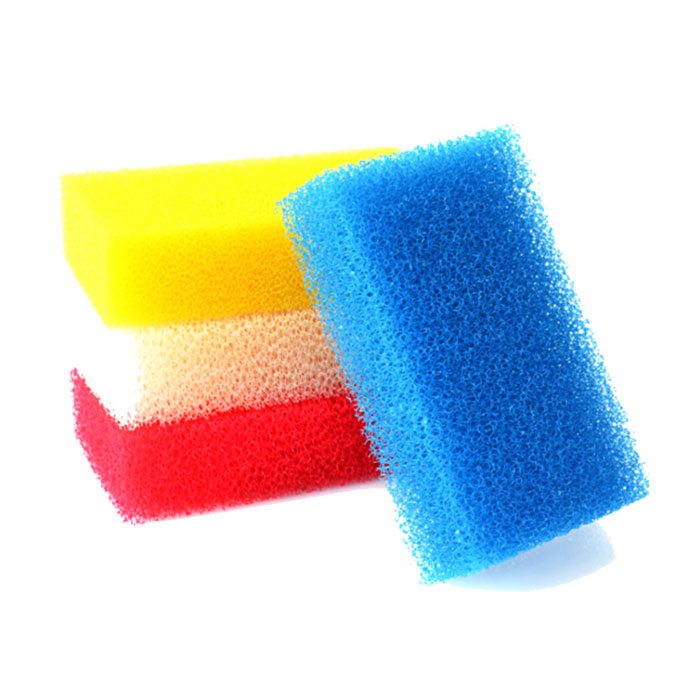The foam color is mainly determined by the following phenomena:
Interference of light:
When light passes through the foam film and reflects on both sides of the film, interference occurs. The phase difference of light waves can cause certain wavelengths to enhance or cancel each other out. The different thickness of the film causes light of different wavelengths to interfere at different locations, resulting in a rainbow effect.
The thinner the film, the brighter the color; the thicker the film, the more blurred the color will be, or even appear white.
Refraction of light:
When light enters the foam film, the direction of light propagation changes due to refraction. The different thickness and surface properties of the foam film cause different wavelengths of light to refract at different angles, resulting in a colorful effect.
Reflection of light:
The surface of the foam usually has reflective properties. Part of the light is reflected back into the air, while the other part penetrates the inside of the film. The two reflected light waves in the front and back layers of the foam film will overlap, producing an interference effect, which further affects the color of the foam.
Surface tension and film thickness:
The surface tension of the foam determines the stability and thickness of the foam film. Higher surface tension usually makes the film thinner, which enhances the interference effect of light and produces more rainbow colors. Lower surface tension makes the foam film thicker, which may make the color lighter or white.
Type of light source and observation angle:
The color of the foam is affected by the nature of the light source
and the observation angle. Observation at different angles will see different interference effects, resulting in different color visual effects.
In short, the foam color is determined by the interference, refraction and reflection of light, as well as the thickness of the foam film, surface tension and other factors.


